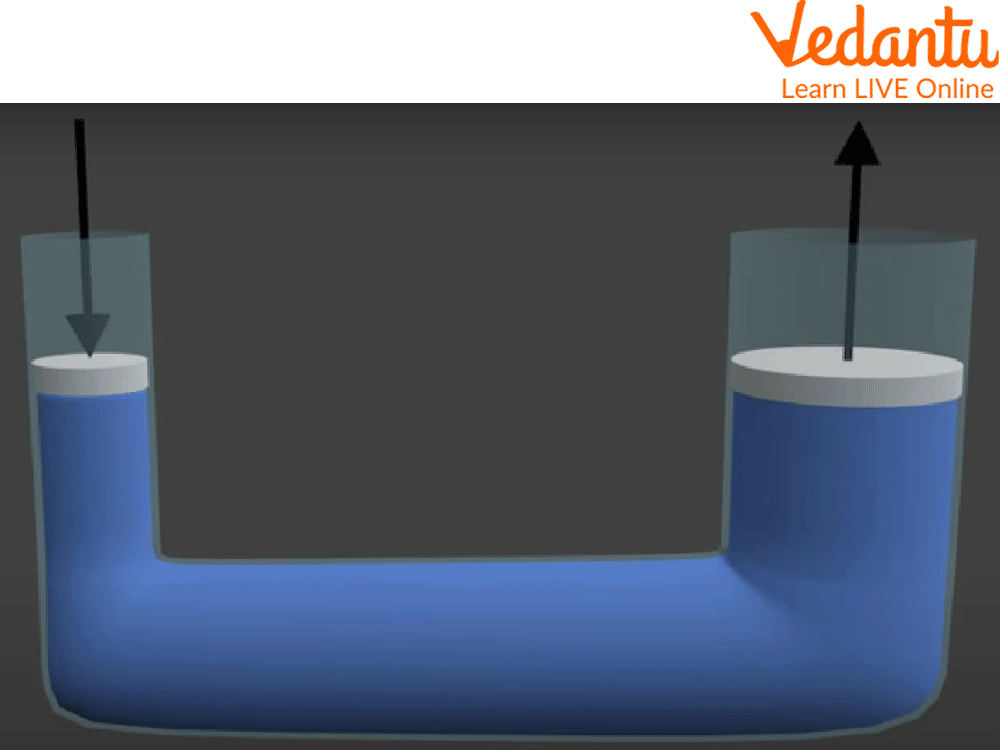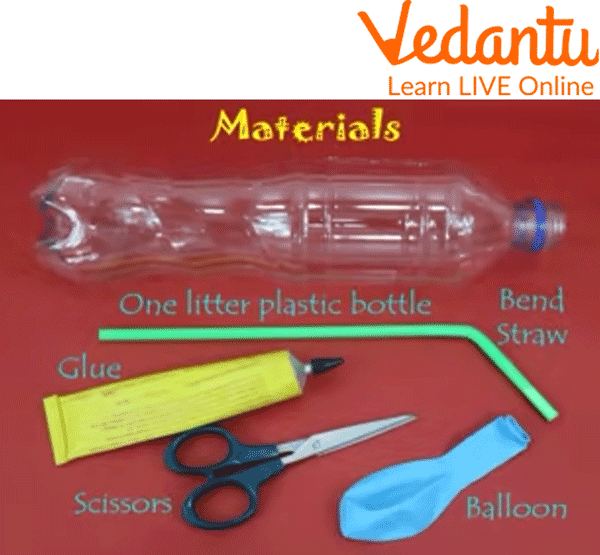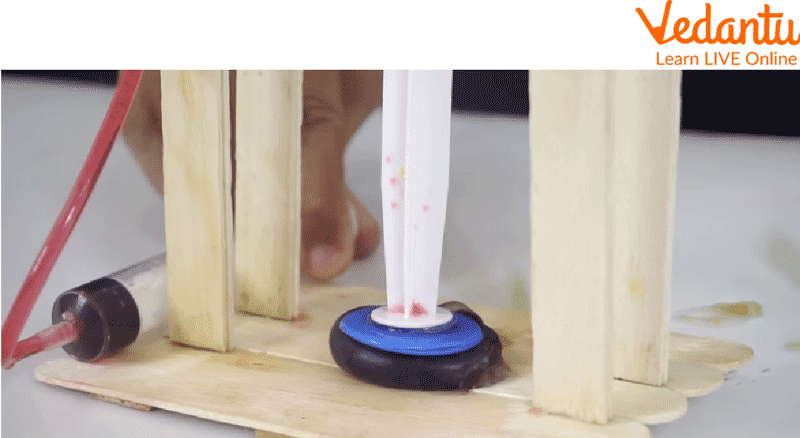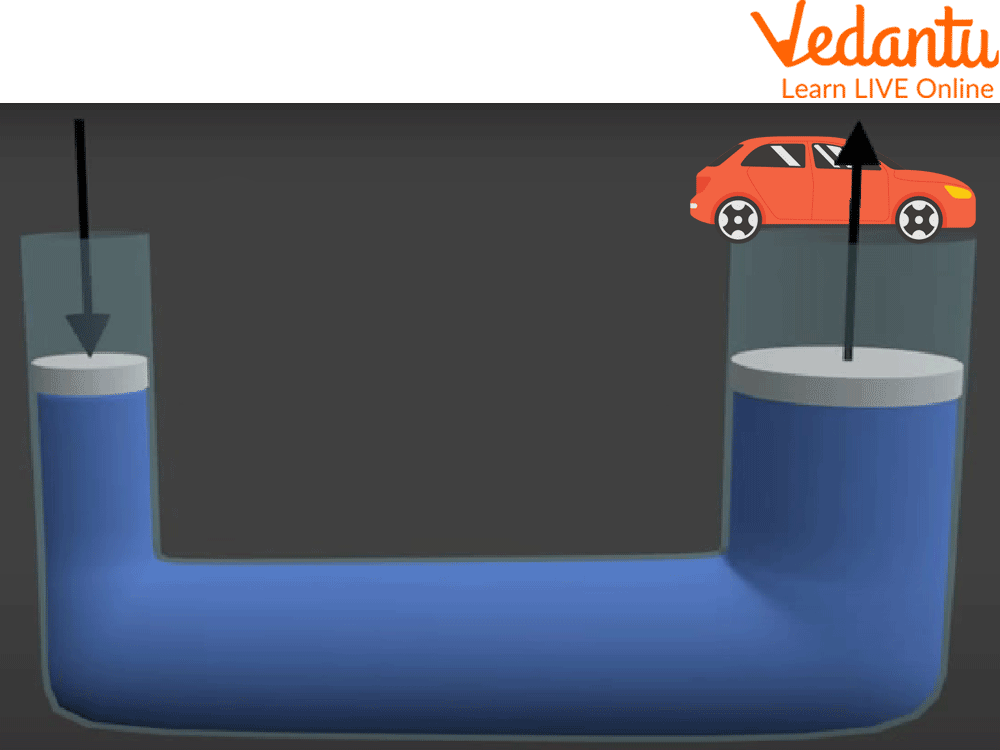




An Overview of Hydraulics
Have you ever heard of hydraulic brakes or hydraulic lifts? Hydraulic systems are the lifeblood of almost every machine that you see in the world. They are essential in working machinery and operating farms efficiently. If you have ever wanted to know how these systems work, then this article is for you! In this article, we will cover everything from what a hydraulic system is to its parts and ways to build your own.
Whether you’re a mechanical engineer or not, it doesn’t matter because there are many things you can learn about hydraulics even if you’ve never worked with them before. You don’t need any special tools or training to start learning about hydraulics either. With a little bit of research and some simple DIY projects, anyone can learn how to make a hydraulic system.

Hydraulic Setup
What is Meant by Hydraulics?
Hydraulics is the study of how half of the fluids behave when they are put into motion, this principle of hydraulics applies to fluids that flow through pipes, rivers, or various channels, this can also be applied to fluids that are contained in tanks and other storage containers. The understanding of how hydraulic works has allowed humans to apply to various fields to make their lives easier and led to the creation of powerful machines with the help of the principle.
How do Hydraulics Work?
A hydraulic press typically consists of two cylinders that are filled with a fluid called hydraulic fluids, for example, any oil. Two pistons are fixed on the ends of these cylinders and are placed such that they are in contact with the fluid. Pressure is transferred throughout the fluid when a specific force is given to the smaller portion of the piston. The pressure is transferred as such to the other broader portion of the piston.
In a hydraulic system, the hydraulic fluid that transfers energy from one place to another exemplifies the concept of Pascal's law. The hydraulic fluid can carry power instantly since it is almost incompressible.
Hydraulics Basics
The hydraulic basics are to know what a hydraulic system consists of. The driver, the pump, the control valves, the motor, and the load are the five most basic parts that make up the whole hydraulic system. Then comes an engine which is used to power the system and the engine can be of any type. Pressure is raised with the help of a pump.
The basic components of hydraulic systems are listed below:
The hydraulic pump is operated by an electric motor.
There is the hydraulic fluid in the reservoir or containers.
When the fluid is pushed through the system, the hydraulic pump transforms mechanical energy into hydraulic power and transmits it from one end to the other.
Then comes the valves which regulate the liquid's flow and, if necessary, release the unnecessary pressure out from the system.
At last, energy is transformed back into mechanical energy with the help of a connected hydraulic cylinder.
Although there are many different hydraulic systems, they all share the same key elements. They are all intended to function in the same function.
Easy Hydraulics System for Kids
Below is a small easy activity to make kids understand easy hydraulics systems.
Materials Required: Balloon, an empty can, tape, an empty plastic bottle, funnel, heavy book, water, scissors, and a short tube length.

Material Required for the Activity
1. Stretch the balloon by inflating it and then deflating it.
2. Tape the junction between the tubing and the empty balloon. Attaching the funnel to the opposite end of the tube and filling it with water will let you determine whether the joint is watertight. Drain the water after removing the funnel.
3. Make the empty bottle just slightly taller than the can by cutting it. Use a pencil to make a tiny hole close to the bottle's bottom.
4. Pass the pipe's free end through the bottle's opening, leaving the balloon inside.
5. Place the bulky book on top of the bottle.
6. Fill the funnel with water and attach it to the pipe.
What happens - The can is raised by the water-filled balloon, and the book follows.

End Setup
The Logical Justification for What Happened During the Experiment
The weight of the water in the funnel provides enough pressure to propel water into the balloon. The balloon then receives this force, which lifts the book.
Since fluids cannot be compressed, even under pressure, they transmit forces more effectively than gases.
Hydraulic Examples
There are various places where the hydraulic system principle is used in our daily lives around us. Hydraulic examples are as follows:
Aeroplane system - In their steering, brake, wing retract door and landing gear systems.
Hydraulic lifts

Hydraulic Brake
Hydraulic brakes
Hydraulics elevators
Summary
To conclude all the learnings from this article, we can say hydraulics is a promising mechanism for various industrial processes. It is highly efficient and takes advantage of the fluid properties of the hydraulic fluid used throughout the system. In this article, we also looked at various parts of the hydraulic system and how they are arranged all together. Then we looked at an experiment that we all can do at the ease of our homes. And then looked at examples of things in which a hydraulic system is used which implies how important hydraulics have been in our daily lives.
For mastering hydraulics, kids can be given the task to make an easy hydraulic machine at home. With this, we have come to the end of our article on Hydraulic systems where we learned various principles of hydraulic machines as well as how these machines work. In case of any other doubts, feel free to ask in the comments.
FAQs on Hydraulics
1. What fluids are used in hydraulic machines?
Petroleum-based, water-based, and synthetic hydraulic fluids are the three types of most frequently found and used hydraulic fluids available in the market today. The most popular fluids utilised today are those made of petroleum or minerals. These fluids provide a cheap, high-quality, and easy-to-find selection.
2. Why do most hydraulic systems operate on oils?
Oil provides overall lubrication to the parts of the hydraulic system like valve piston etc. Hydraulic systems would be ineffective without the lubricating characteristics of oil, which would result in a comparatively short lifespan for many parts.
3. What is the colour of the hydraulic fluids?
The hydraulic fluids are generally either blue or yellow in colour.
4. Can hydraulic systems operate on air?
Machines that utilise hydraulics lift, hold, and levitate stuff principally using incompressible liquid substance under pressure instead of air. Examples include water, mineral oil, and hydraulic fluid.









